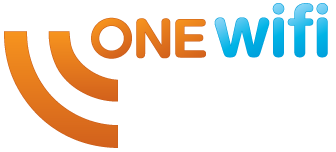Recently I had a meeting with the head of marketing for the local convention and visitors association. I let her pick the place for lunch and I am glad that I did because it really drove home the point that I was planning on making about using managed public WiFi as a marketing tool.
Although I will not state here the name of the restaurant, I do want to convey the point that they are a well established company; a brand with over 30 locations in 15 states coast to coast to be a bit more revealing. When we walked into the restaurant the hostess stand had a colorful sign promoting their mid-week dinner specials. When we sat down a table tent advertised their award winning beer selections. When I opened the menu an insert was used to publicize their summer lunch deals. In the men's room there was signage to encourage the purchase of gift cards. I assume that there was similar signage in the ladies room though I cannot say first hand. So in a nutshell, we see consistent and strategic use of the key visual spaces in the restaurant to promote sales.
I saw a WiFi sticker on the front door of the establishment so I asked the waitress if she had an information card or pamphlet about their Hotspot. She told me that she had no information on the wireless internet service, but to just open my laptop and look for "Linksys" and I should be able to get right on. What a disappointment to see that they had a drive through. A drive through is what I call it when a restaurant or other business uses an unmanaged and open wireless router for their in-house WiFi Hotspot. In this case, they simply bought a router off the shelf and did not even bother to change the name of the wireless network to the name of their restaurant.
Instead of using an open router and letting the guest simply drive through to the website of their choice, why not make use of their laptops and handheld devices as another key visual space to promote sales? Using managed WiFi, this restaurant could have greeted the guest with a welcome screen that asked the guest to come back on Wednesdays to enjoy half price appetizers. They could have redirected the guest after they logged in to the sign up page of their "e-club" on their company website (they do in fact have an e-club by the way). They could have used the restaurant hotspot to collect the guest's email address and reach out to them after they left with an incentive to come back. They could have done all of that very easily, but instead they used a drive through and missed a lot of opportunities to connect with their guest.



